Innovations in Fragrance Technology
The Fragrance Oil Market benefits from continuous innovations in fragrance technology. Advances in extraction methods, such as supercritical CO2 extraction, enhance the quality and purity of fragrance oils. These technological improvements enable manufacturers to create more complex and appealing scent profiles, catering to evolving consumer preferences. Furthermore, the integration of artificial intelligence in fragrance development allows for more precise formulations, potentially increasing market competitiveness. As the industry embraces these innovations, the demand for high-quality fragrance oils is likely to rise, driving growth in the market.
Expansion of the Personal Care Sector
The Fragrance Oil Market is significantly influenced by the expansion of the personal care sector. As consumers increasingly seek premium and diverse personal care products, the demand for fragrance oils in cosmetics, skincare, and haircare formulations rises. The personal care market is expected to reach a valuation of over 500 billion dollars by 2026, with fragrance oils playing a crucial role in enhancing product appeal. This growth is driven by the desire for unique scents and the emotional connection that fragrances evoke, thereby solidifying the position of fragrance oils as essential components in personal care formulations.
Rising Demand for Natural Ingredients
The Fragrance Oil Market experiences a notable shift towards natural and organic ingredients. Consumers increasingly prefer products that are free from synthetic chemicals, which has led to a surge in demand for fragrance oils derived from natural sources. This trend is supported by a growing awareness of health and environmental issues, prompting manufacturers to reformulate their products. According to recent data, the market for natural fragrance oils is projected to grow at a compound annual growth rate of approximately 8% over the next five years. This shift not only caters to consumer preferences but also aligns with the broader movement towards sustainability in the fragrance oil sector.
E-commerce Growth and Online Retailing
The Fragrance Oil Market is witnessing a transformation due to the rapid growth of e-commerce and online retailing. Consumers increasingly prefer the convenience of purchasing fragrance oils online, leading to a significant shift in distribution channels. Data indicates that online sales of fragrance products have surged, with e-commerce platforms accounting for a substantial portion of total sales. This trend not only broadens market access for consumers but also allows manufacturers to reach a wider audience. The rise of social media and influencer marketing further amplifies this trend, as consumers are more likely to discover and purchase fragrance oils through online platforms.
Cultural Influences on Fragrance Preferences
The Fragrance Oil Market is significantly shaped by cultural influences that dictate fragrance preferences across different regions. Various cultures have distinct scent profiles that resonate with their traditions and lifestyles. For instance, floral and fruity scents may be more popular in certain regions, while woody and spicy fragrances might dominate others. This cultural diversity creates opportunities for fragrance oil manufacturers to tailor their products to specific markets. Understanding these cultural nuances is essential for companies aiming to expand their reach and cater to diverse consumer bases, thereby enhancing their market presence.


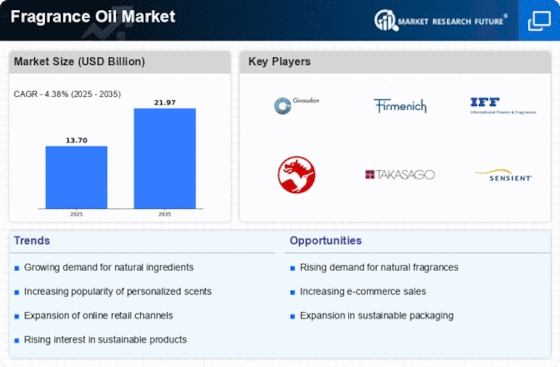
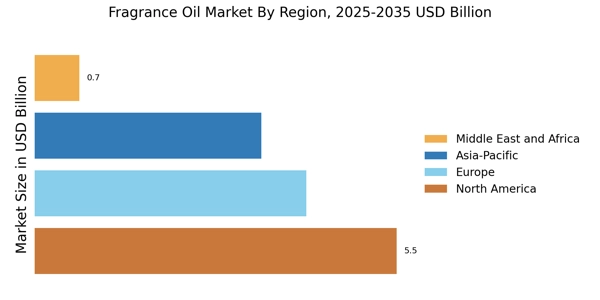
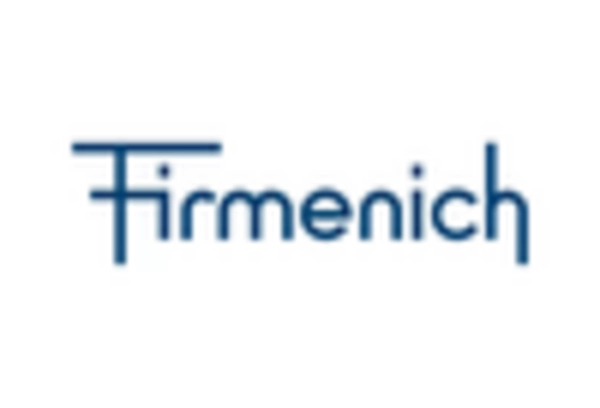
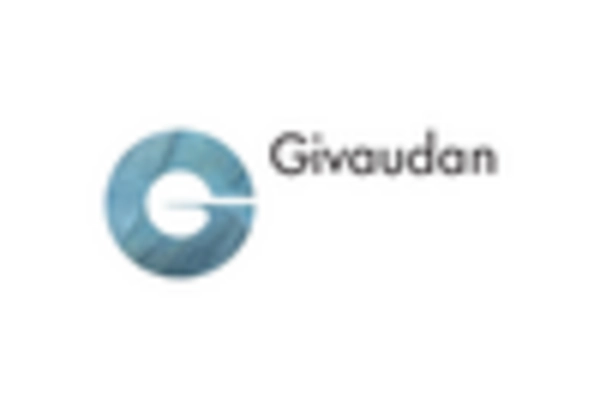
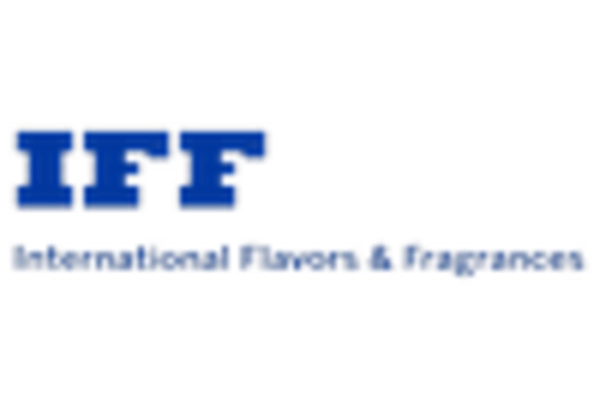
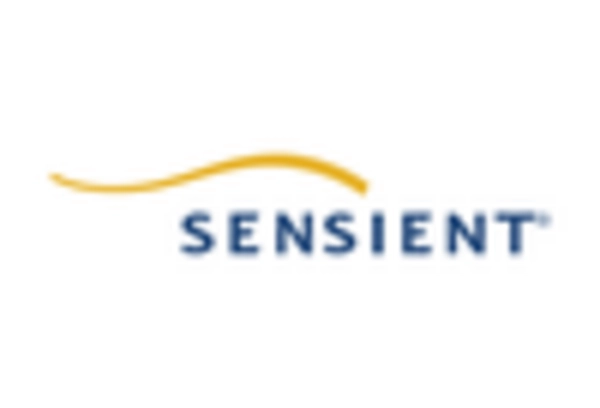
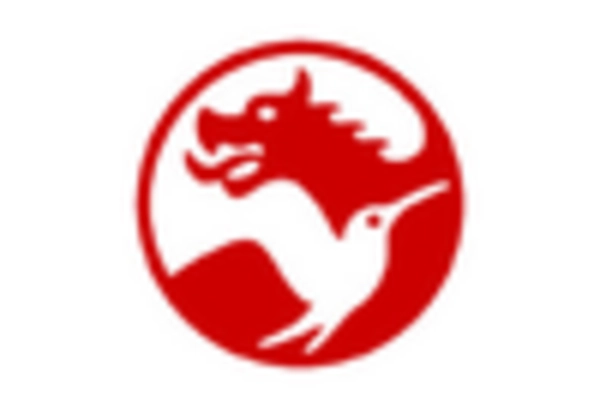
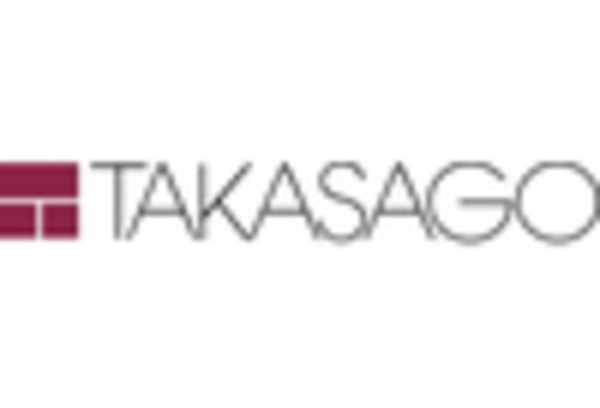








Leave a Comment